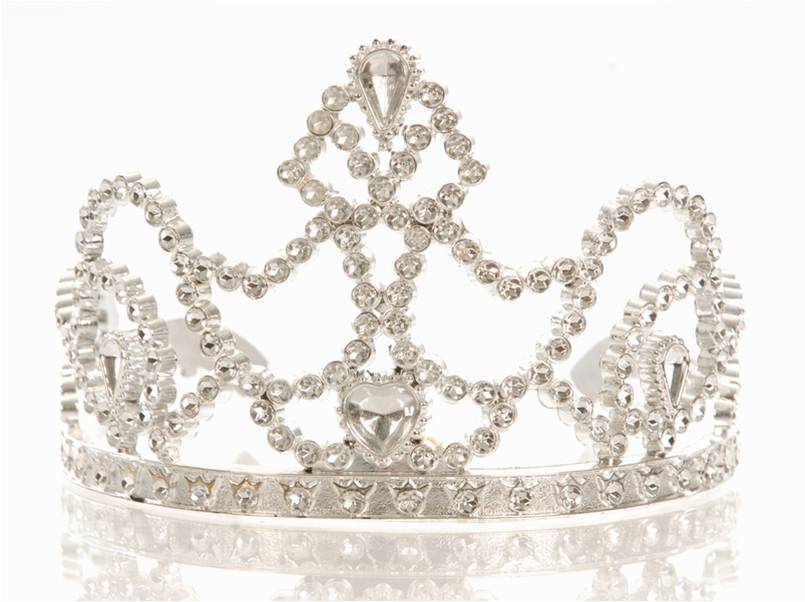“Protecting The Family Jewels” is an implicit or explicit part of too many business strategies. Often the term reflects a focus on the core–whatever that might be–core products, core markets, core strategies. I first became acquainted with the term in terms of protecting base revenue. However, in protecting base revenue, we miss or lose new opportunities to grow. Sometime, protecting the family jewels focuses on protecting what made us great in the past, but causes us to miss important disruptions that can destroy that base we are protecting.
Every segment, industry, market, even geography is filled with examples of “Protecting The Family Jewels.” Protecting the family jewels may blind us to the need to change or threats from those not encumbered with protecting the family jewels.
Disruption can come from new technologies. Decades ago, IBM’s focus on mainframe computing caused it to mis judge the shift to minicomputers. I remember participating in discussions, where we were concerned about “erosion in the core” (that meant protect the mainframe business). That gave rise to the likes of DEC, Data General, Prime, and others with minicomputers. What resulted was erosion in IBM’s mainframe business. Likewise, the minicomputer companies protected their “family jewels,” missing the shift to PC’s and Workstations, giving rise to Sun, Apollo (remember that), Microsoft, Dell, Compaq, and hundreds of others. Now tablets, smartphones and other devices are disrupting Personal Computing. Enterprise computing and enterprise software have been shaken by the rise of cloud computing. Nokia, Motorola, and others have been disrupted by rapid rise of the smartphone. Telephone companies have been disrupted by the shift from landlines to mobile and the shift from voice to data.
Disruption can come from new business models. Traditional local retailing was disrupted by the rise of chain stores, which were disrupted by the rise of category killers and the super discounters. They, in turn were disrupted by etailing and Amazon. We now see the re-emergence of the mom and pop retailers through eBay, Etsy, the Amazon Marketplace, App stores, and other Marketplaces. The music industry was changed across all fronts and continues to change. iTunes changed music publishing and how money was made. Streaming, on demand, sites like Pandora and Spotify are changing the broadcast industry, iTunes, and others. Digital consumption is changing media (TV, Movies, Newspapers, Book publishers).
New geographic players disrupt traditional players. Western economies were threatened decades ago by Japan. We see increasing focus on the BRIC, and emerging opportunities in the developing economies of South America, Africa, and Asia. Protecting the family jewels, in this case, is protectionism/nationalism, antiquated tariffs, currency manipulation, and parochialism.
In the just past GOP has gotten a tough lesson in protecting the core, missing massive shifts in voter demographics and preferences.
The temptation in all of these areas is for the “established” players to be tempted to protect the family jewels, resisting the disruption and change. New players emerge as the disrupters–they, in turn become the established players and are disrupted by yet newer players.
Protecting the family jewels is seldom a sustainable strategy, yet it’s difficult for an established player to be the disruptor. It’s too threatening, there is too much real and emotional investment in the family jewels, that disruption of one’s own organization is difficult. Some organizations, however, are doing this.
So, after 450 + words later, what does all this mean to sales and marketing? Well, just as with technologies, business models, geographies, and other things, we face the same issues in sales and marketing.
We cling to the old methods and approaches, even when we see them failing to produce results, and new disruptor–competitors emerge. For example, we cling to the same old sales deployment model, and don’t look at newer models that increase our impact. We keep a direct sales organization, resisting channels, e-channels, hybrids, etc. We stick to the same old marketing programs, resisting social media and social selling because we can’t figure out the payback. We still blindly dial for dollars, alienating prospects, while the disrupters are leveraging new approaches to identify customers with a high propensity to buy, calling them with well researched offers. We continue to pitch, whether it’s our products, solutions, or insight and don’t engage the customer in collaborative problem solving.
As sales people we protect the family jewels all the time. We call on the same customers we’ve always called on, not expanding our relationships to new customers within our accounts–even though our competitors, the disrupters, are calling on them. We call on the same customers (enterprises), even though our relationships are driven by price reduction and not life cycle profitability. We sell the same old products because we know them and are comfortable with them, and don’t spend time on the new products we haven’t really learned.
We’re creatures of habit, prisoners of our experience, invested protecting what’s worked well in the past. Yet all the signals are telling us they don’t work, there is a different way and that customers are demanding we change.
To thrive, we have to disrupt ourselves and our organizations. We must reinvent how we engage customers and create value. We must redefine sales, marketing, and buying. The longer we protect our old approaches, the family jewels, the less effective we will become and the greater the risk that someone else will disrupt and displace us.
Some of the disrupters important disrupters–things that are game changers for sales and marketing include rich analytics, customer experience management through the life cycle of the customer, rich collaboration and joint problem solving, rich networking and just in time alliances, redefinition and total integration of sales and marketing, redefinition of the role of the sales person, boundaryless (between enterprises) engagement models.
I’d love to start a conversation. What do you think are the biggest disrupters emerging in sales and marketing? What are some of the “family jewels,” that should be gently retired?

Leave a Reply